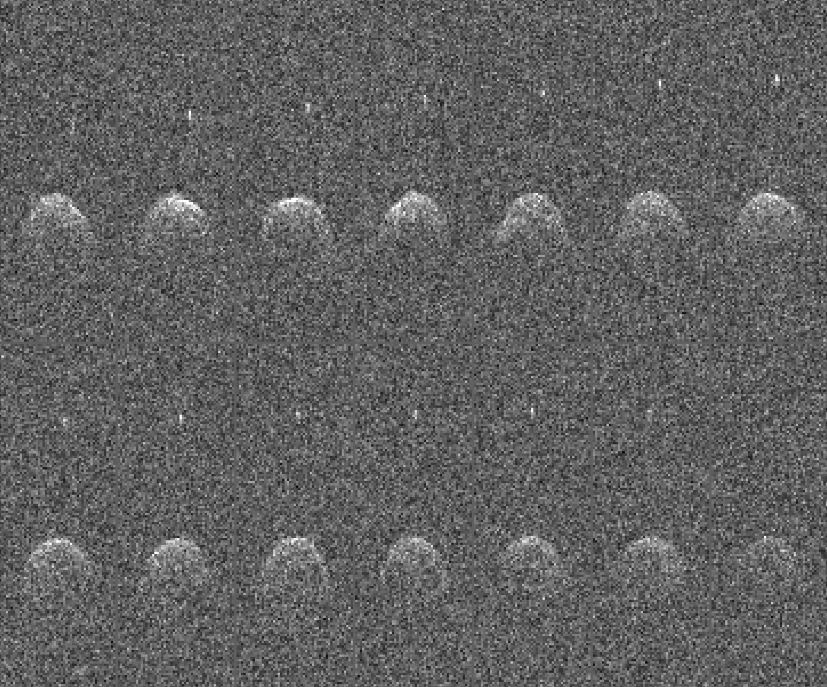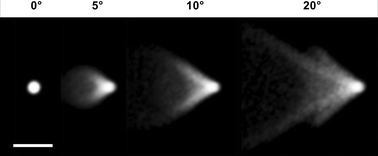What exactly are you getting at?
" According to the
European Space Agency, roughly 10,000 of the known asteroids are NEAs."
If they are NEAs their orbits must be known, at least partially, to categorize them as NEAs. Maybe eccentricity is not closely defined. I don't know.
"With regard to Trojans, more than 6035 (2014) are known, 2/3 at Lagrange 4 and most (all?) of the rest at L5. Since these orbits are quite stable (which L1, L2, and L3 are not) these orbits must be known. Capital T Trojans means with Jupiter/ Small t (comparably not very many) trojans means around other planets, e.g., 2014 figures give Neptune 9, Earth and Uranus 1 each, Mars 2.
WISE reported 76 families (May 2013) after studying 120,000 Main Belt objects, and there were 38,000 within these families. Due to their origin, the orbits of families must be known, at least approximately.
Approximate numbers reported for the following categories must also have orbits known, at least approximately, to come within the stated categories:
Amor asteroids > 4119 asteroids, Apollo > 4892, Aten > 19, Atira >19, Hilda >3774, Centaurs > 245, and Main Belt > 576,902. Technically you should take > to mean greater than or equal to, especially for the smaller numbers.
As far as destroying or diverting asteroids on potential impact courses is concerned, you must also remember that some may already be loose aggregations, which means that some suggested courses of action may be counter-productive.
Cat






